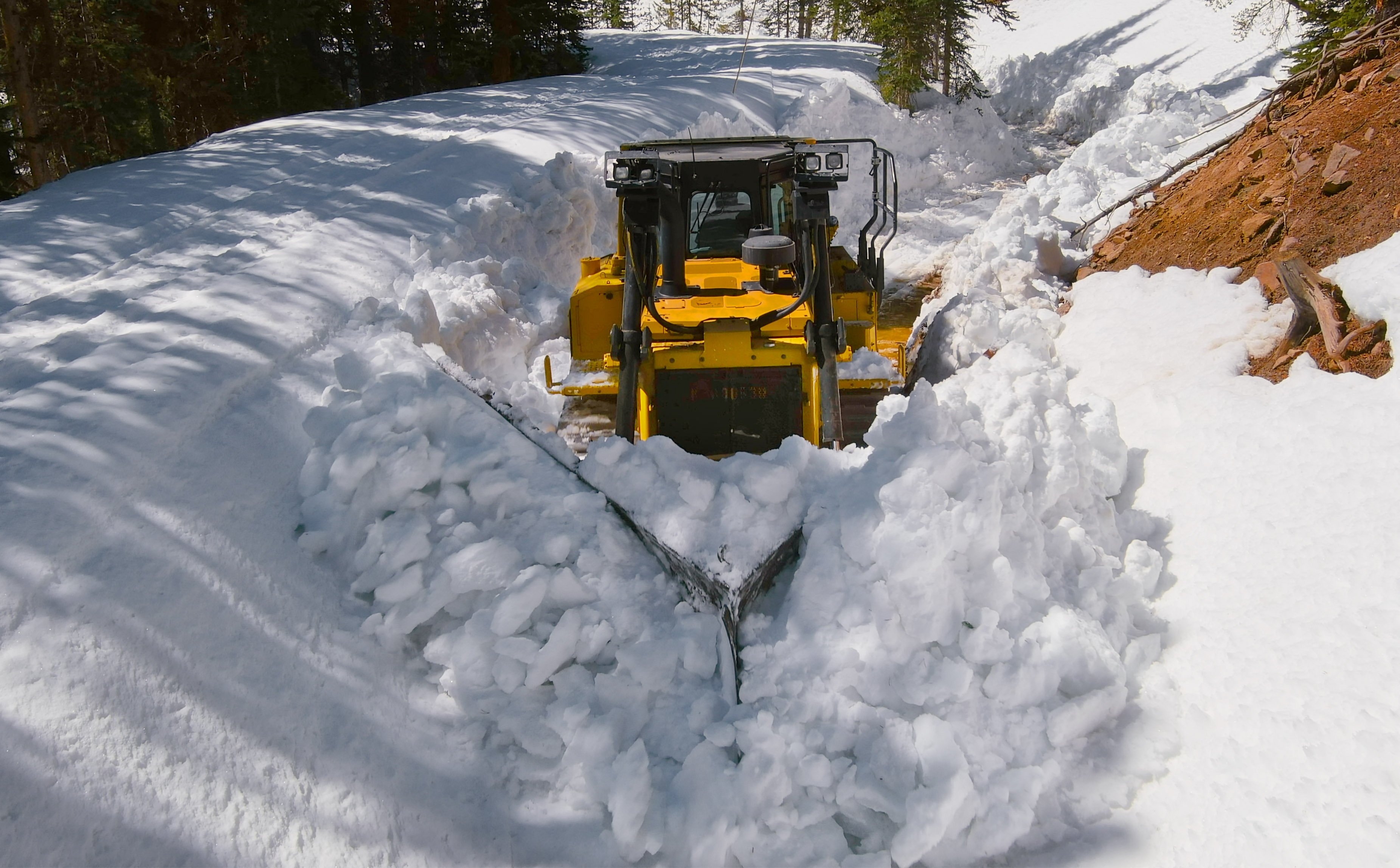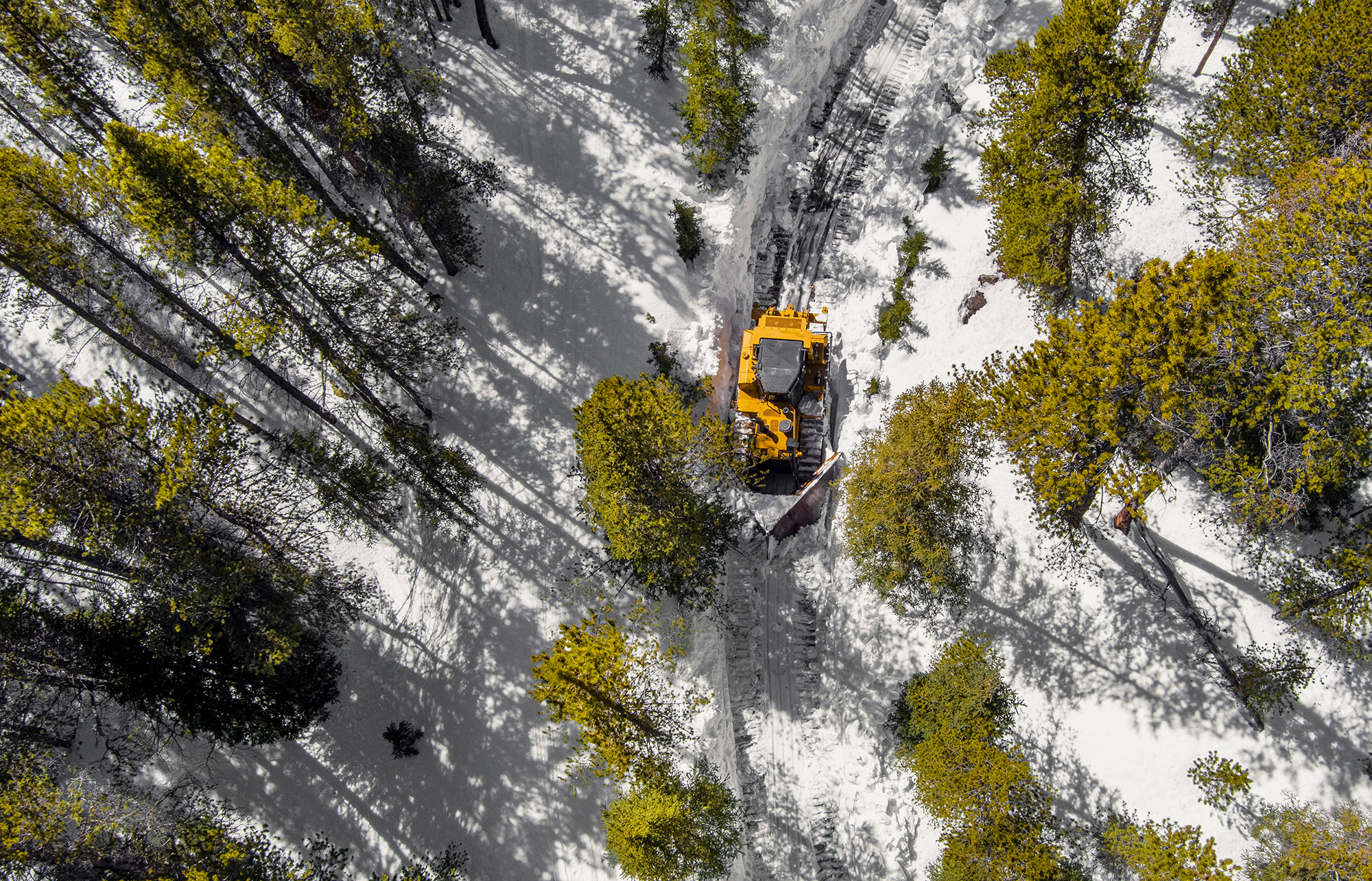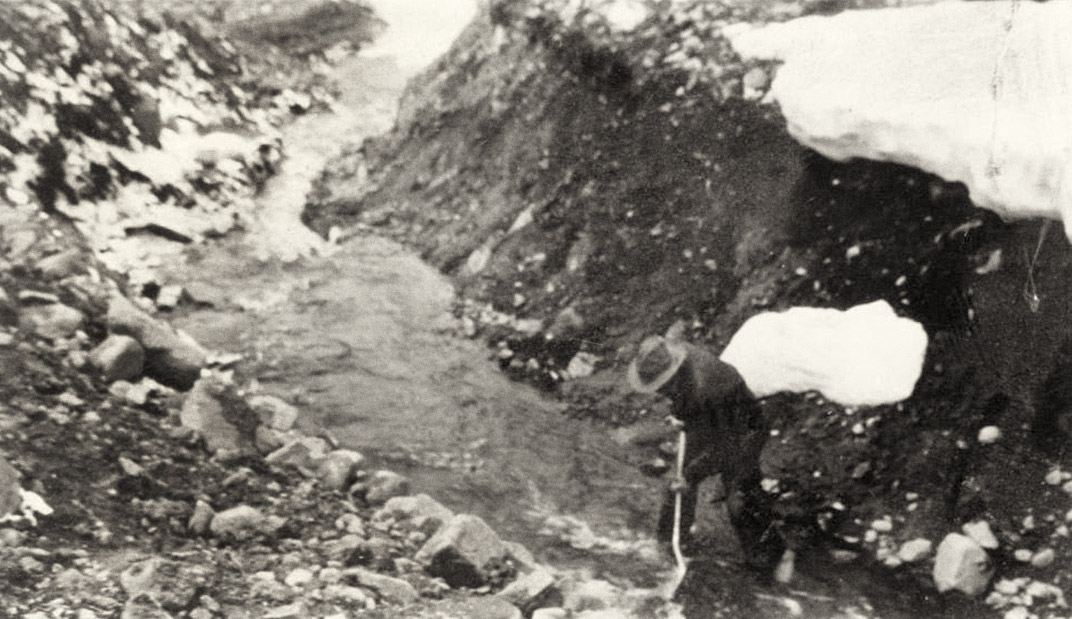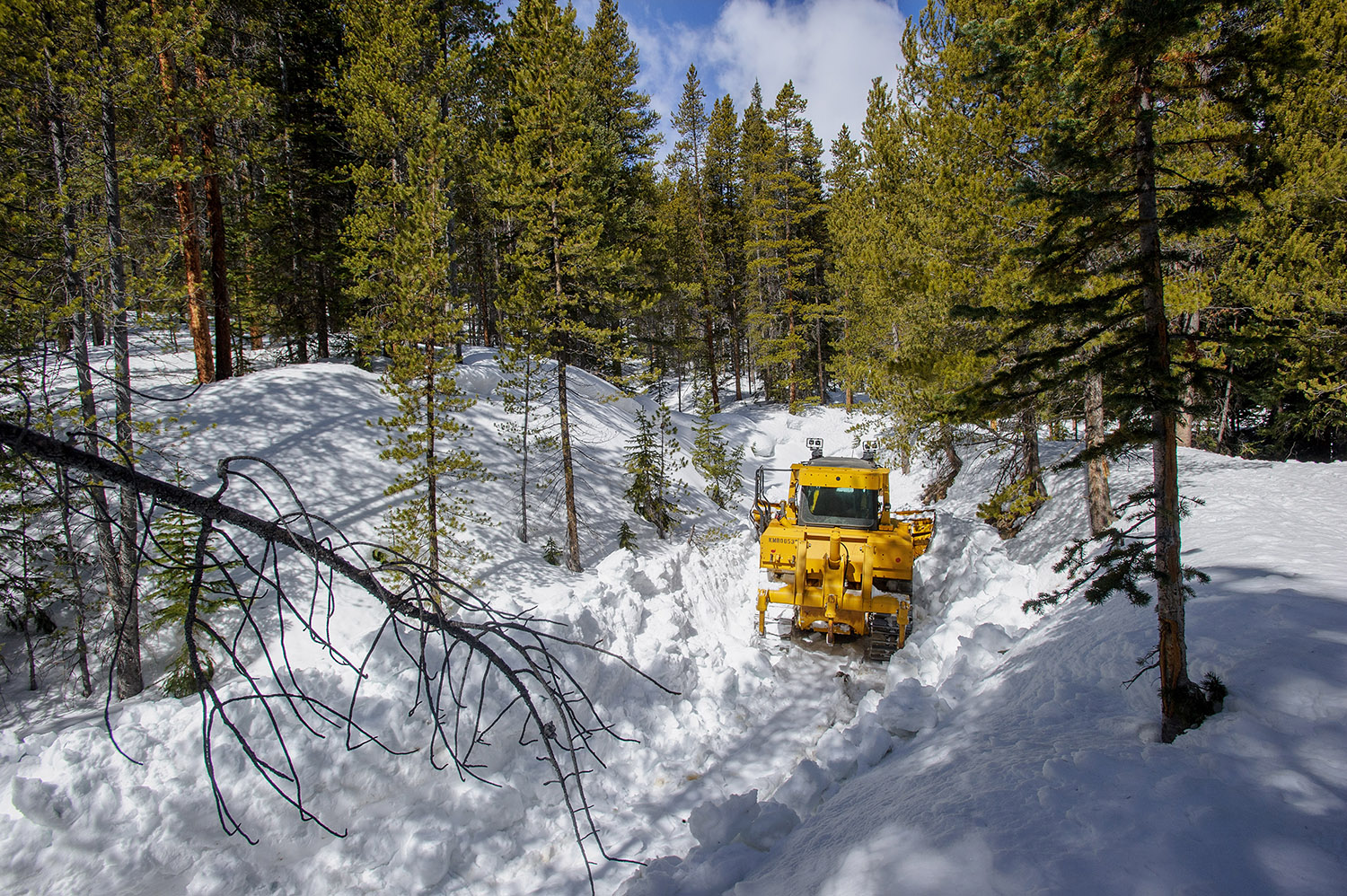A few times a year I’ll shoot a job for the local waterworks, Pueblo Water. Last year Joe Cervi, their Public Relations guy, wanted me to shoot photos of their “ditch riders” clearing the one of their ditches in Lake County in preparation for the spring melt and runoff. But we were thwarted by 2020’s COVID shutdown. This year, with Joe twice vaccinated and myself once, we made our way up to Leadville to shoot ditch riders in early April.

To be honest, I didn’t know what a “ditch rider” was until I Googled it. And even as we made our way west along Highway 50, I wasn’t entirely clear on the notion. The drive spans four county lines, so by the time we arrived in Leadville three hours later, Joe had answered most of my questions. I reckoned in this instance, “rider” might be a misnomer. “Plower” was a more literal description of what we were about to see.

The Warren E. Wurtz Ditch (or Wurts or Werts—the spelling varies even in official documents) is part of a transmountain water system that diverts water from the Eagle River watershed on Colorado’s Western Slope through saddles in the Continental Divide into West Tennessee Creek and finally into the Arkansas River just north of Leadville. It channels roughly 2,500-acre feet of Pueblo-bound water each year. It’s a testament to the effort people went through to insure precious water flowed into their slice of the parched West.
Pueblo Water values the Wurtz enough to have retained its ditch rights for 65 years and clear it each spring.
Joe had arranged to meet up with Ed Perko, a longtime Pueblo Water employee, at a hotel in Leadville. Perko’s the kind of guy whose institutional knowledge of water borders on the encyclopedic. He drove us to meet up with ditch riders Joel Cvar, Brandon Herrera, and David Curtis who had already been working the ditch for five days. We drove past the former training ground of the U.S. Army’s 10th Mountain Division and crossed the Continental Divide along the way.

Perko told Joe and I the ditch was built in 1929 and the then Pueblo Board of Water Works acquired rights to it in the 1956. He said before 4WD and heavy equipment were used, each spring crews would hike in with shovels to clear the then five-mile ditch of snow and debris by hand, allowing water to flow freely. It was no mean feat given the elevation—in excess of 10,000 feet—terrain—snow drifts up to three feet deep—and cold—temperatures typically about 35 degrees.
April along the Wurtz Ditch these days are just as cold, the snow’s just as deep, and the and the air just as thin as they were nearly 100 years ago, but a pair of Caterpillar D6T-XL dozers outfitted with impressive snow blades do most of the work on the now 12-mile long ditch and adjacent Forest Service road. Depending on snowfall, It takes a crew of two heavy equipment operators and a head gate operator up to 14 days to get the job done.

I asked Joel Cvar if he considered plowing the ditch a “plum assignment.”
“Oh yeah,” he said. “I don’t plan on giving this one up for a while.”